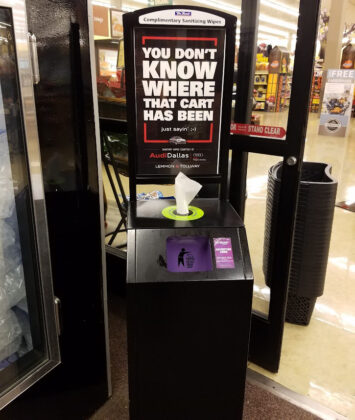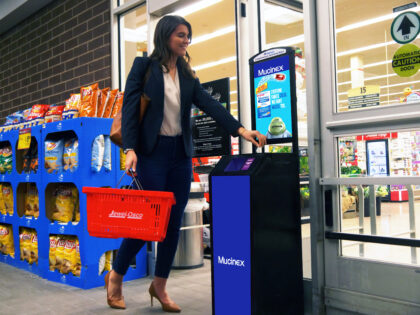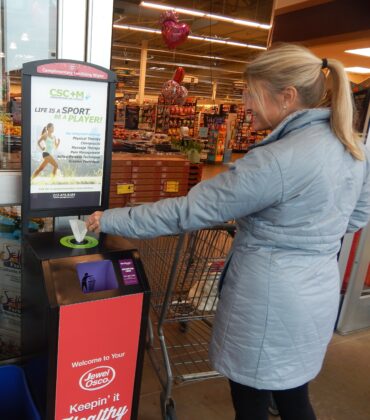What is DOOH Advertising?
Digital Out-of-Home (DOOH) advertising refers to kiosks, billboards, and other forms of digital displays that target consumers while they are out of the house.
DOOH ads differ from traditional out-of-home (OOH) ads in that they utilize the latest tech to drive engagement with consumers. For example, they can be equipped with touchscreens, QR codes, and even change messaging based on surrounding contexts like weather or demographics.
Why is DOOH Becoming Popular?
In an age where everyone is bombarded with online ads, marketing experts have gone back to out of home advertising. In fact, Vistar Media reported 86% of US advertising executives plan to integrate DOOH ads into their marketing campaigns.
It’s not a big surprise that DOOH advertising has become so popular in recent years. With the worst of the pandemic behind us, consumers are back out in public and ready to be influenced by out of home advertising.
The even bigger factor contributing to the increasing popularity of DOOH advertising is that the tech is becoming more advanced, making digital displays more affordable, accessible, and versatile.
DOOH Types
Due to the digital nature of DOOH ads, they come with a variety of formats and deployment methods. So, let’s look at some of the various types to find what’s best suited for your marketing campaign.
Static Ads
These ads are the most similar to traditional OOH advertising since they display a single image. However, content updates are easy for digital static ads because they don’t require the physical labor for installation and transfers.
Interactive ads
Advertising is all about getting consumers to engage with your brand, and interactive ads can deliver a lasting impact via their QR codes and even touch screens that let consumers access additional information.
Video ads
Nothing can quite catch the eyes of passersby like motion graphics, videos, and animations. Advertisers generally use video ads for large digital screens, like billboards. These ads can last for just a few seconds or even minutes depending on how long consumers are expected to be in front of the display.
Programmatic ads
The term “programmatic” describes the way digital ads can be purchased and delivered. Programmatic DOOH ads rely on automated tech to select display locations for your messaging. After you select a range of preconditions, such as the weather, time of day, and surrounding demographics, the automated system will find you a display location that’s best suited to hit your target audience.
DOOH marketing campaigns that utilize both programmatic ad purchases and interactive elements are known to have high conversion rates. By ensuring that your ads will be seen by your target audience and getting them to physically interact with your brand, you’ll have the highest rate of success possible.
How To Get The Best ROI With DOOH
To get the best returns on your DOOH ad campaign, you’ll need to make full use of all the tools the digital medium offers.
- Eye-catching content: The best digital ads are brightly colored and contain a simple format. If you can utilize movement and animation, you’ll be able to garner even more impressions. You’re looking to create a simple image or animation that will turn heads and communicate your brand message in just a few seconds.
- Utilize interactive content: Studies have shown that ad campaigns that appeal to one or more of the five senses have a greater chance of succeeding. An eye-catching display paired with a QR code can go a long way to drive meaningful engagement.
- Reach your target audience: Traditional OOH ads cannot compare to the precise targeting capabilities of programmatic digital ads. DOOH inventory owners collect and send out contextual data like foot traffic, demographics, and weather conditions. For example, a clothing line could advertise swimsuits on a sunny day and raincoats on a rainy one.
Digital Out Of Home Advertising rates can be surprisingly affordable.
3 Examples Of DOOH Advertising & Marketing
McDonald’s Weather Reactive DOOH Campaign
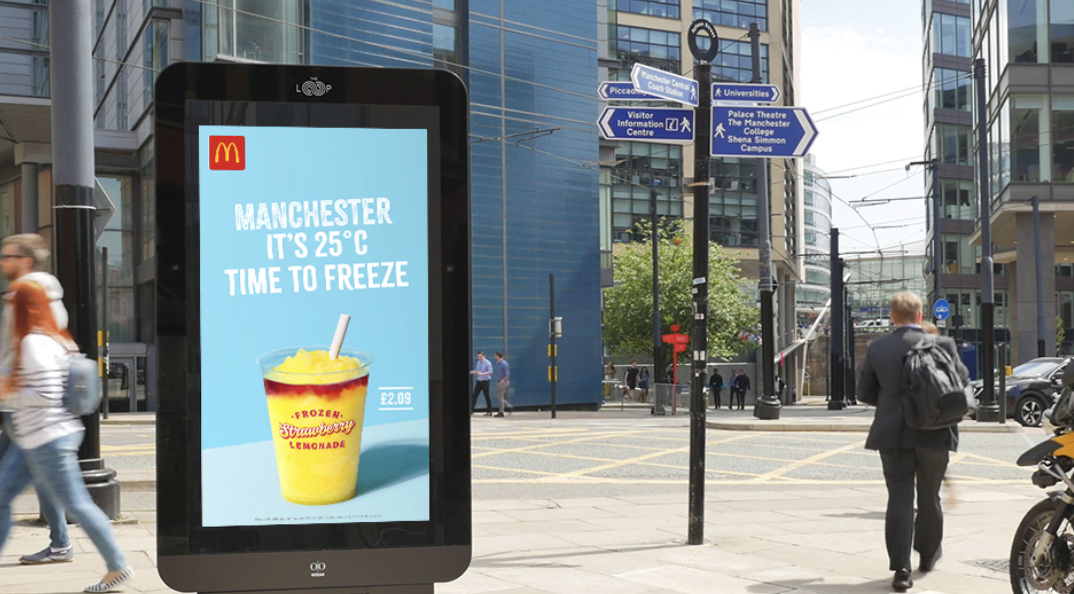
Lasik MD’s Targeted Elevator Ad
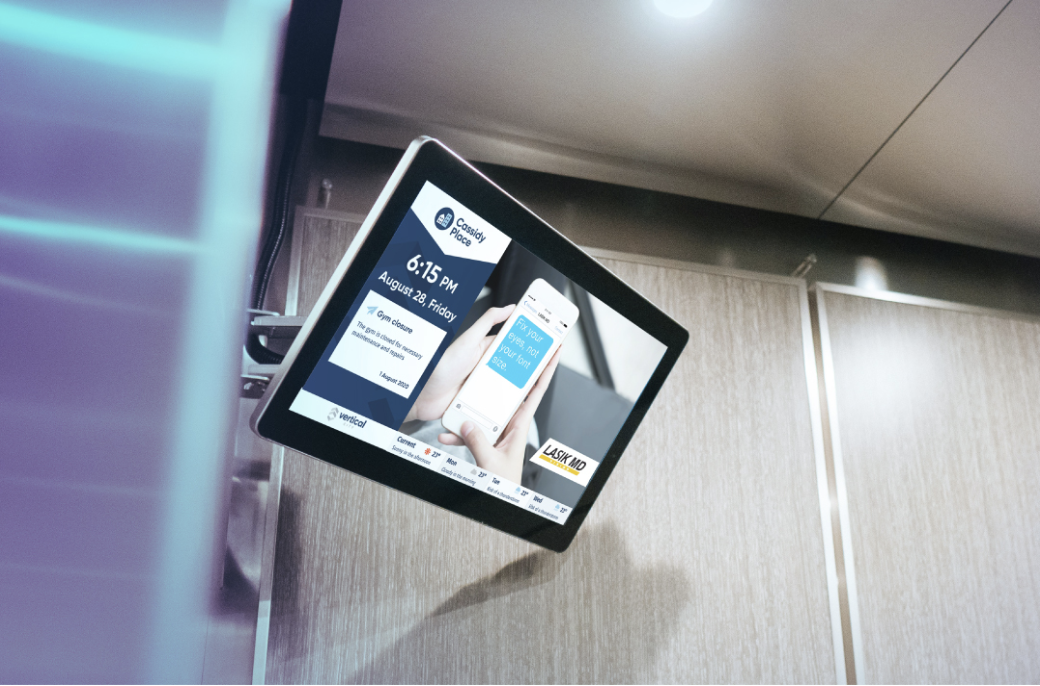
Twitch’s Gaming Gathering Campaign
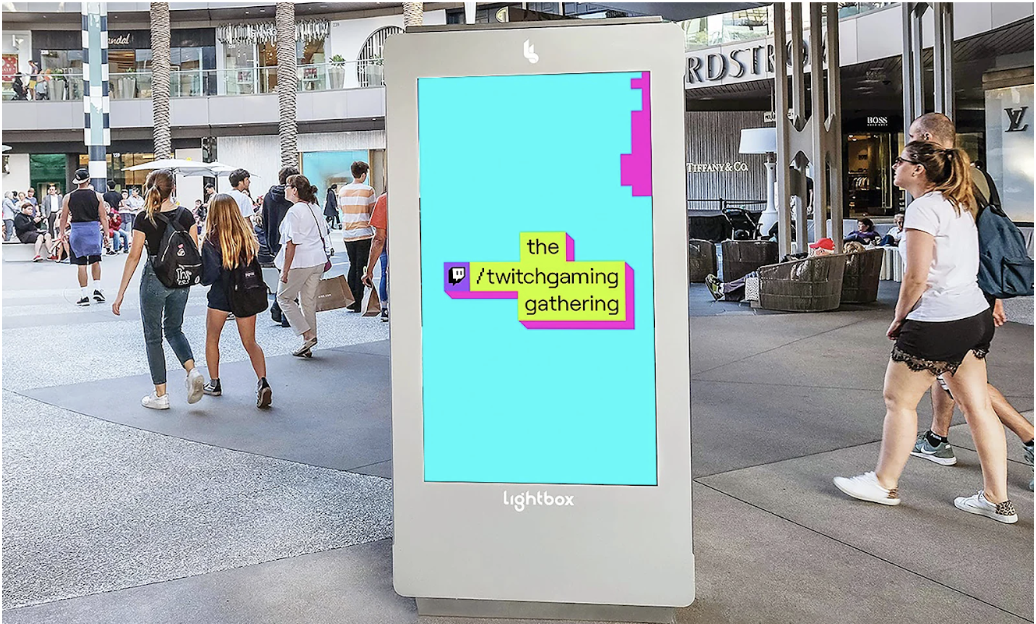
Outlook for Digital Out-of-Home Advertising & Marketing
A recent report from Nielsen showed that 57% of consumers immediately visit the advertised business and 93% leave with a purchase after interacting with a digital advertisement.
Marketing experts have been quick to recognize the effectiveness of DOOH advertising and have are investing heavily into it. Between 2022 and 2030, the DOOH advertising market is expected to grow 13.2% annually and will reach $57.9 billion by 2030.
Between 2016 and 2020, the use of digital billboards in the US increased by 43%, showing that as the technology behind these ads improved, so did its usage.
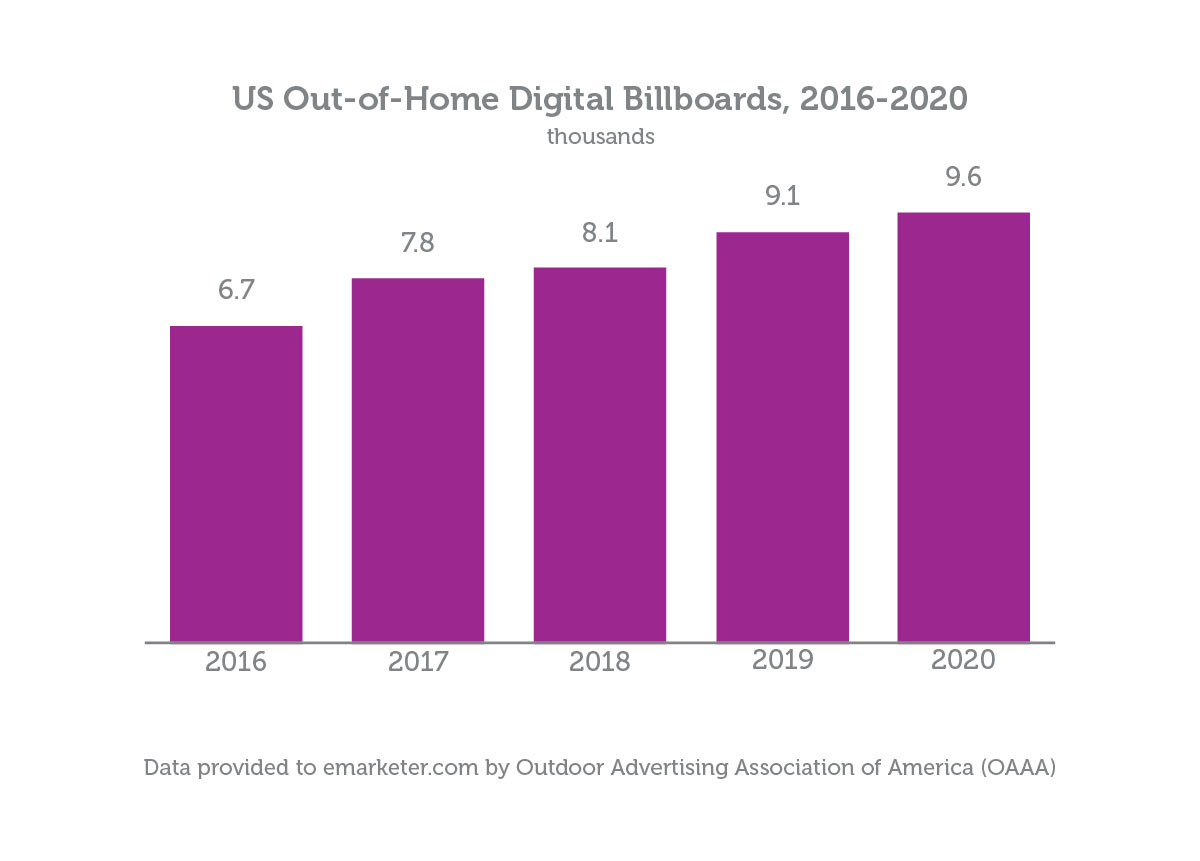
OOH VS DOOH
While we’ve discussed the impressive benefits of DOOH marketing campaigns, there are some upsides to traditional non-digital OOH ads. The primary benefit of non-digital ads is that their upfront costs are generally cheaper than their digital counterparts. You may also want to use non-digital ads if your consumer base is composed of senior citizens who are less likely to make use of digital elements like touch screens and QR codes.
Though digital ads have a higher upfront cost, they can be more cost effective in the long term. With programmatic DOOH marketing campaigns, you only pay for ad space when the ideal conditions to reach your target audience are met. Alternatively, with non-digital ads, you’ll most likely be renting ad space for 4-week periods, meaning that you’ll be paying for days and times when fewer consumers will be viewing your brand.
DOOH VS Online Advertising
Despite so many people spending hours online every day, the online advertising market is considered to be oversaturated. With so many popup ads appearing on just about every website, consumers have developed a sort of blindness and fatigue towards them. Furthermore, 80% of all sales are still conducted through in-store shopping, which out-of-home advertising can influence to a far greater degree.
Online advertising may be getting ignored by consumers, but OOH ads aren’t. A 2021 report showed that 55% of inner city citizens noticed OOH messaging and that 34% of them have made purchase decisions based on this messaging.
If you’ve developed an extensive online presence, that doesn’t mean that online advertising is the best path forward. With DOOH ads, you can equip displays with QR codes and other information to direct them back to your online store and other brand information.
If you’re interested in starting a DOOH or OOH advertising campaign, you can talk to one of our Terraboost agents today to learn about all your options and receive a personalized quote.
We at Terraboost are market leaders in out-of-home advertising and our 120,000+ displays are featured in big name stores like Kroger, CVS, and even mall networks like Simon Malls.
Our innovative approach to OOH and DOOH feature ads on wellness kiosks which provide sanitizing wipe stations perfect for in-store advertising. These sanitizing billboards have a proven track record of driving consumer engagement with 80% of shoppers engaging with them and 94% having a positive opinion of the company sponsoring the wellness station.

